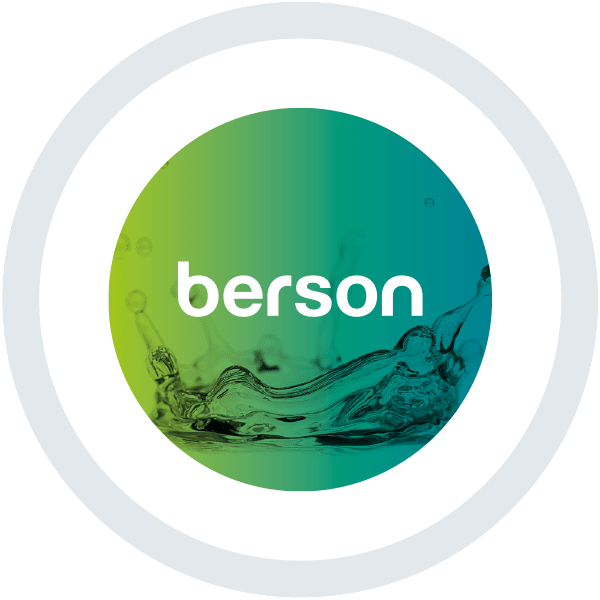Its time to replace those ACFs with UV systems to reduce chlorine?
It can be a tough decision to replace technology that you have relied on for many years, but when benefits such as greater energy efficiency and improved operational performance are provided by new alternative solutions, this is usually the time to consider a change. Take for example our trusted car. Countries around the world are announcing cut-off times for diesel and petrol vehicles in an attempt to reduce emissions and are looking to phase in battery-powered vehicles instead. Critical to this decision is the improvements in terms of efficiency and performance offered by the latest electric cars. The technological advancement has reached a tipping point whereby it is the right time for change. The same can be said for water treatment, where new technology is offering significant benefits that may well see a shift in methodology.
Hygienic applications such as pharmaceutical, cosmetics, and food and beverage manufacturing desire clean water treatment technologies with minimal bacteria build-up, reduce water wastage, less downtime and optimised operating costs. Due to its low cost and ability to disinfect most bacteria, chlorine dosing has been widely used, but where inorganic quality needs to meet the highest standards, Reverse Osmosis (RO) combined with Electro-deionisation (EDI) helps to guarantee sub-ppm levels of salts.
Although these stable technologies require minimal maintenance, they must be protected from oxidising species that affect performance and lifespan. Removal of free chlorine in process lines prior to RO and EDI is essential. To achieve this, two traditional methods exist: Activated Carbon Filtration (ACF) and Sodium Meta-Bisulphite dosing (SMB). Although well proven, these methods demonstrate certain limitations, principally that they are prone to microbial contamination that increases the bio-burden on EDI and RO membranes and creates higher operating costs through frequent CIP. These industries are investing a lot in reducing the amount of water used, as key developing regions today are faced with water scarcity. ACF’s require frequent backwashing to enable optimum performance, which requires a lot of frequent water use.
Ultraviolet (UV) light can be used as a dechlorination technology, replacing the need for ACF or SMB. UV systems deliver optimum dechlorination performance without the problems associated with these traditional technologies. This is because the UV dose that is used for dechlorination also provides effective disinfection of chlorine-resistant microorganisms. This in return enhances the lifespan on RO and EDI, but also provides the process with increased efficiency and prevention from downstream contamination, thus minimising CIP.
UV disinfection has been available for many years and municipal water treatment facilities around the world have standardised on this technology. Today, it has been adopted by industries such as food and beverage manufacturing, pharmaceutical manufacturing and aquaculture. Effective elimination of microorganisms, protection of final taste and quality of final product are key drivers for these industries and exactly the benefits offered by UV disinfection systems. Supplementing those benefits, UV systems are also easy to install and have a small footprint compared to ACF. Another reason to consider using UV is the reduced water usage against ACF, as there is no requirement to backwash.
After many years of research and significant investment by Hanovia, we are now seeing a new dawn of application optimised UV disinfection systems. Using the latest in computational fluid dynamics and working closely with end users, Hanovia has developed a dechlorination range of UV systems. The PharmaLine DC and PureLine DC provide effective chlorine reduction using a controlled dose that requires less energy compared to alternative systems.
With thousands of global installations of UV technology already and advantages offered when compared to ACF, UV systems are now set to become the next standard for chlorine reduction technology.
Technology comparison table:

by Gunvinder Bhogal – Global Marketing Manager (Aquionics/Berson/Hanovia)
Thanks for reading! For more information, click here









